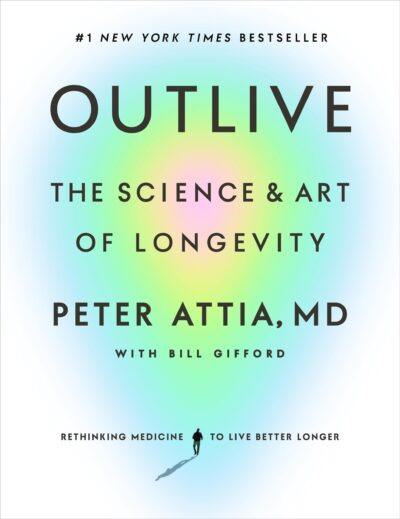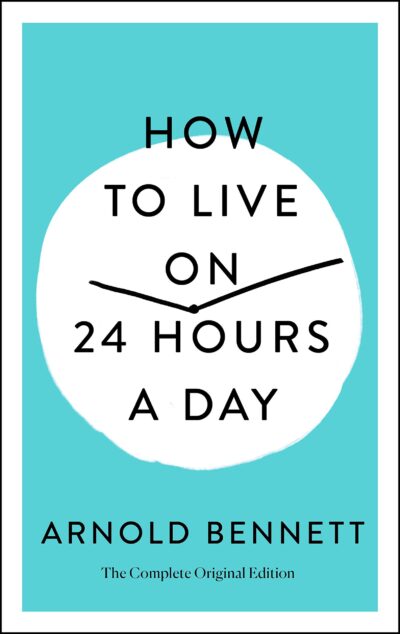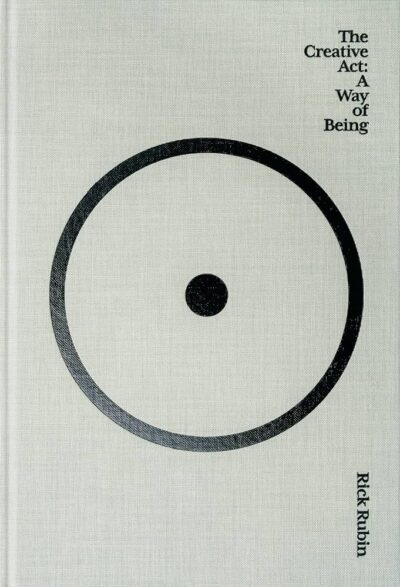68 Results with the "Self-help" genre
Adventure Fiction (1164)
Biography (435)
Business & Finance (1)
Children's Literature (124)
Comics (6)
Culture (51)
Drama (123)
Dystopian (29)
Fable (86)
Fantasy (1132)
Fantasy (203)
Fiction (1010)
Finance (1)
Gothic Fiction (12)
Historical Fiction (615)
History (122)
Horror (56)
Lifestyle (36)
Literary (404)
Literary Fiction (207)
Memoir (113)
Mystery (422)
Non-fiction (87)
Novel (549)
Paranormal Fiction (96)
Philosophical (182)
Philosophy (45)
Poetry (249)
Political Fiction (14)
Politics (42)
Practical (32)
Psychological (4)
Psychological Thriller (108)
Relationship (6)
Romance Novel (716)
Romantic Melodrama (14)
Satire (91)
Science (46)
Science Fiction (345)
Society (65)
Society (2)
Spiritual Growth (1)
story (2)
Thriller (704)
True Crime (56)
view (11)
Women's Fiction (2)
Young Adult (233)
-
 Chapter 6: Losing Your Body, Losing Your Self, the journey of healing often begins with learning to live with the questions themselves, as Rainer Maria Rilke beautifully expressed in his letters to a young poet. Just as with the challenges in our emotional and psychological states, the answers to our struggles may come slowly, without our direct awareness. Instead, we might find our way toward understanding through the simple act of living with the discomfort of the questions. Sherry walked into my…
Chapter 6: Losing Your Body, Losing Your Self, the journey of healing often begins with learning to live with the questions themselves, as Rainer Maria Rilke beautifully expressed in his letters to a young poet. Just as with the challenges in our emotional and psychological states, the answers to our struggles may come slowly, without our direct awareness. Instead, we might find our way toward understanding through the simple act of living with the discomfort of the questions. Sherry walked into my…-
360.1 K • Ongoing
-
-
 Chapter 1 introduces the central theme of longevity by exploring the deeply personal experiences of a physician who has witnessed death in its various forms, shaping his understanding of medicine and aging. The author recalls a pivotal moment during medical school when he encountered patient death for the first time, an experience that profoundly impacted his perspective on healthcare. This moment, followed by years of seeing both acute and chronic deaths during his residency at Johns Hopkins, led him to…
Chapter 1 introduces the central theme of longevity by exploring the deeply personal experiences of a physician who has witnessed death in its various forms, shaping his understanding of medicine and aging. The author recalls a pivotal moment during medical school when he encountered patient death for the first time, an experience that profoundly impacted his perspective on healthcare. This moment, followed by years of seeing both acute and chronic deaths during his residency at Johns Hopkins, led him to…-
87.7 K • Ongoing
-
-
Chapter
Chapter I — The Daily Miracle
 Chapter I begins by presenting a quiet but profound truth—every person receives twenty-four hours a day, no more, no less. This equal distribution of time cuts through wealth, status, and circumstance. Whether one is a scholar or a laborer, rich or poor, time is dealt fairly to all. It is neither earned nor bought. And yet, despite its fairness, many treat this resource with casual neglect. The author compares time to money, showing that while people spend years learning how to manage finances, almost…
Chapter I begins by presenting a quiet but profound truth—every person receives twenty-four hours a day, no more, no less. This equal distribution of time cuts through wealth, status, and circumstance. Whether one is a scholar or a laborer, rich or poor, time is dealt fairly to all. It is neither earned nor bought. And yet, despite its fairness, many treat this resource with casual neglect. The author compares time to money, showing that while people spend years learning how to manage finances, almost…-
62.8 K • Ongoing
-
-
 Chapter 17: Putting the Pieces Together: Self-Leadership. In life, we all experience moments where parts of ourselves seem to take over. For example, when confronted with trauma, we develop coping mechanisms that help us survive but may also fragment our sense of self. One of the key aspects of self-leadership is understanding and managing these internal parts, each with its own needs and responses. This process of integration is central to healing, especially for those who have faced significant trauma or…
Chapter 17: Putting the Pieces Together: Self-Leadership. In life, we all experience moments where parts of ourselves seem to take over. For example, when confronted with trauma, we develop coping mechanisms that help us survive but may also fragment our sense of self. One of the key aspects of self-leadership is understanding and managing these internal parts, each with its own needs and responses. This process of integration is central to healing, especially for those who have faced significant trauma or…-
360.1 K • Ongoing
-
-
Chapter
Chapter XII — Dangers to Avoid
 Chapter XII casts a thoughtful spotlight on the hidden traps that often ensnare those earnestly attempting to make the most of their time. While the ambition to better use every hour of the day is admirable, the author makes it clear that this ambition must be tempered with self-awareness and humility. There’s a certain irony in how the pursuit of personal improvement can unintentionally foster arrogance. Becoming a prig—someone who assumes a moral superiority due to a new lifestyle—alienates others…
Chapter XII casts a thoughtful spotlight on the hidden traps that often ensnare those earnestly attempting to make the most of their time. While the ambition to better use every hour of the day is admirable, the author makes it clear that this ambition must be tempered with self-awareness and humility. There’s a certain irony in how the pursuit of personal improvement can unintentionally foster arrogance. Becoming a prig—someone who assumes a moral superiority due to a new lifestyle—alienates others…-
62.8 K • Ongoing
-
-
Chapter
INTRODUCTION
 INTRODUCTION The Smokey Mirror THREE THOUSAND YEARS AGO, THERE WAS A HUMAN just like you and me who lived near a city surrounded by mountains. The human was studying to become a medicine man, to learn the knowledge of his ancestors, but he didn’t completely agree with everything he was learning. In his heart, he felt there must be something more. One day, as he slept in a cave, he dreamed that he saw his own body sleeping. He came out of the cave on the night of a new moon. The sky was clear, and he…
INTRODUCTION The Smokey Mirror THREE THOUSAND YEARS AGO, THERE WAS A HUMAN just like you and me who lived near a city surrounded by mountains. The human was studying to become a medicine man, to learn the knowledge of his ancestors, but he didn’t completely agree with everything he was learning. In his heart, he felt there must be something more. One day, as he slept in a cave, he dreamed that he saw his own body sleeping. He came out of the cave on the night of a new moon. The sky was clear, and he…-
90.9 K • Ongoing
-
-
 Chapter 7 explores the critical role of attachment in shaping a child's emotional and psychological development. The research conducted at the Massachusetts Mental Health Center focused on children who had experienced severe neglect and abuse. These children, although exhibiting various disruptive behaviors, such as aggression, emotional numbness, and withdrawal, were also deeply in need of affection. The behavioral patterns observed in the clinic revealed how trauma had altered their ability to form…
Chapter 7 explores the critical role of attachment in shaping a child's emotional and psychological development. The research conducted at the Massachusetts Mental Health Center focused on children who had experienced severe neglect and abuse. These children, although exhibiting various disruptive behaviors, such as aggression, emotional numbness, and withdrawal, were also deeply in need of affection. The behavioral patterns observed in the clinic revealed how trauma had altered their ability to form…-
360.1 K • Ongoing
-
-
 Chapter 3 of Objective, Strategy, Tactics – A Road Map for Reading This Book explores the importance of taking a structured, strategic approach to health and longevity. The chapter begins with the author reflecting on a funeral he attended, where he observed the significant physical and cognitive decline that often accompanies aging. This experience highlights a common trajectory in later life—one where individuals, despite their earlier years of independence, gradually lose their ability to function…
Chapter 3 of Objective, Strategy, Tactics – A Road Map for Reading This Book explores the importance of taking a structured, strategic approach to health and longevity. The chapter begins with the author reflecting on a funeral he attended, where he observed the significant physical and cognitive decline that often accompanies aging. This experience highlights a common trajectory in later life—one where individuals, despite their earlier years of independence, gradually lose their ability to function…-
87.7 K • Ongoing
-
-
 Chapter II introduces the reader to an idea that feels both familiar and frustrating—the sense that there’s never quite enough time to do what one truly wants. The author starts by acknowledging a hypothetical figure who seems perfectly content with how they use their twenty-four hours. This person supposedly balances work, leisure, and self-development without struggle. If such individuals exist, they are rare. Most people, the author argues, feel a nagging sense of dissatisfaction, even when life…
Chapter II introduces the reader to an idea that feels both familiar and frustrating—the sense that there’s never quite enough time to do what one truly wants. The author starts by acknowledging a hypothetical figure who seems perfectly content with how they use their twenty-four hours. This person supposedly balances work, leisure, and self-development without struggle. If such individuals exist, they are rare. Most people, the author argues, feel a nagging sense of dissatisfaction, even when life…-
62.8 K • Ongoing
-
- 1 2 … 7 Next

